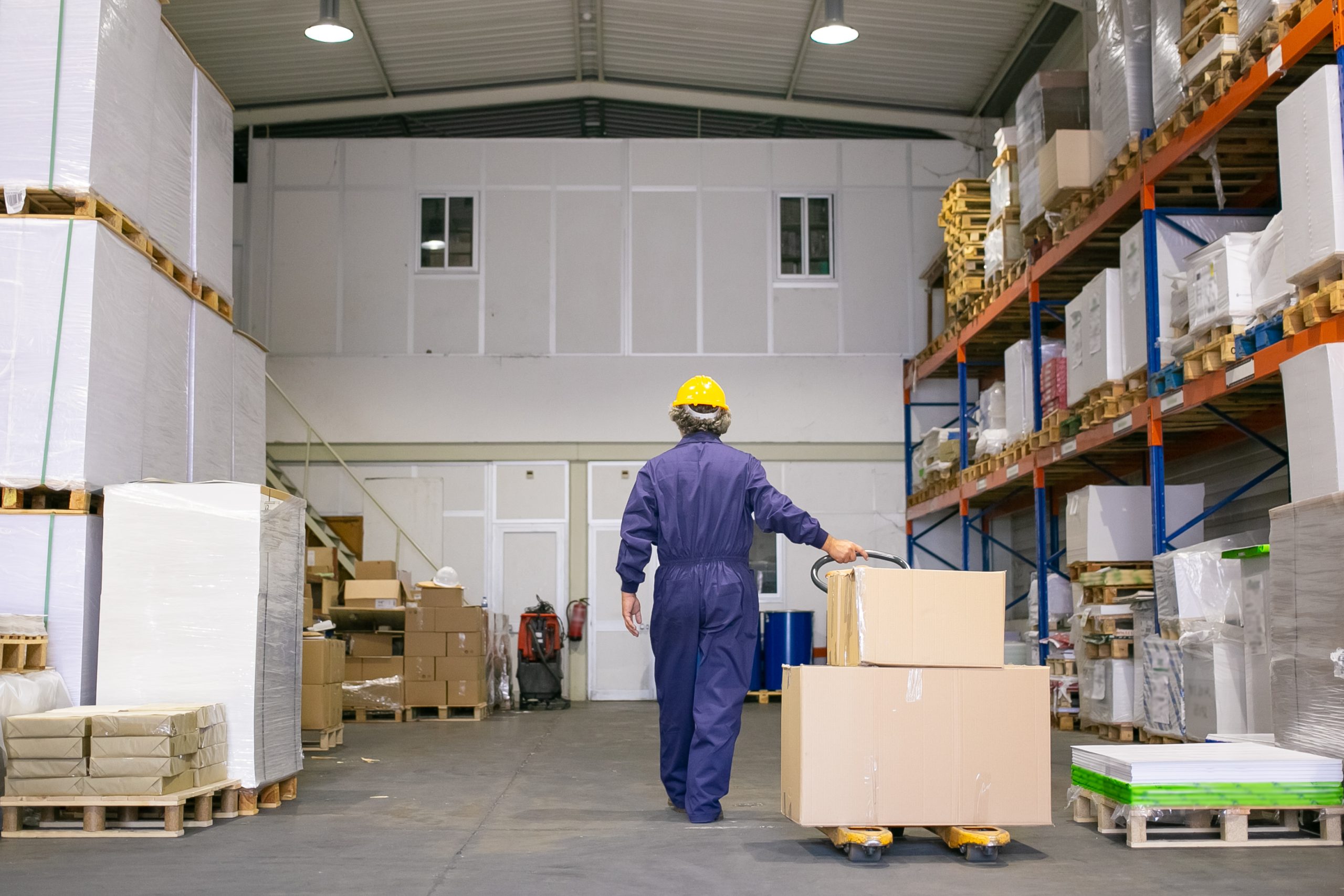Are Warehousing Companies in India Ready for AI and Automation?
September 15, 2025
Are Warehousing Companies in India Ready for AI and Automation?

Walk into any modern warehouse today and you’ll notice two things at once: the scale, and the pressure. Pallets move in and out with clockwork speed, orders queue up in the system, and supervisors watch dashboards that never quite pause. This is the everyday reality behind India’s consumption boom. The question many of us in the industry are asking now is simple—are warehousing companies in India ready to take the next step with AI and automation?
Why the timing matters
The demand curve tells its own story. Knight Frank’s latest market study notes that warehousing transactions in India grew by more than 50% in Q1 2025. Most of that surge comes from e-commerce and manufacturing, with Grade A spaces seeing more traction than ever. For brands, this shift means warehousing services are no longer about “just space.” They are about how quickly and accurately that space can respond to demand.
Parallel to this, reports from IMARC Group suggest the warehouse automation market in India is set to grow nearly fourfold by 2033. That’s not hype—it reflects a practical need. Order cycles are shorter, labor costs are rising in key cities, and safety standards are tightening. Put simply, the conditions are ripe for change.
What AI looks like on the ground
AI automation in warehousing isn’t about robots taking over overnight. It usually begins with small, targeted improvements:
Each of these examples removes a layer of uncertainty from daily operations.
India’s unique challenges
Of course, the Indian market comes with its own set of variables. A warehouse in NCR that handles high-velocity e-commerce orders looks very different from a facility in Gujarat storing bulk raw materials for manufacturing. Labor availability also shifts by region. Automation strategies that make sense in Bengaluru may not add value in Coimbatore or Nagpur.
That’s why warehousing solutions here have to be modular. You can’t always justify heavy conveyor systems on day one. But you can digitize inventory flows, introduce RF scanning across shifts, or pilot AMRs in one section of the floor. Each small step builds readiness without creating financial strain.
The CWLS perspective
At CWLS, we see AI as an enabler, not a replacement. When we design warehousing and logistics services, our first step is always to map the current reality: dock-to-stock time, pick accuracy, cost per order, and how teams move on the floor. Once we have that picture, we pilot technologies in the areas that promise the quickest wins.
Looking ahead
India’s warehousing sector is at a turning point. Customers are asking for speed, visibility, and zero-defect deliveries. Policy frameworks like the National Logistics Policy and GatiShakti are laying down the infrastructure backbone. The gap now lies in execution—how quickly warehousing services providers in India can marry people, process, and technology.
At CWLS, our answer is to move with purpose. Start with clean data and stable processes, add AI where it creates visible impact, and then scale only when the economics prove themselves. It’s a roadmap that respects both the opportunity and the ground realities.
For brands evaluating warehousing companies in India, the next few years are less about choosing the biggest shed, and more about choosing a partner who can guide you into this new era responsibly.
If your business is exploring automation, we’d be happy to walk you through a site assessment. Tell us your two biggest operational challenges, and we’ll map out a clear, India-specific plan to address them.